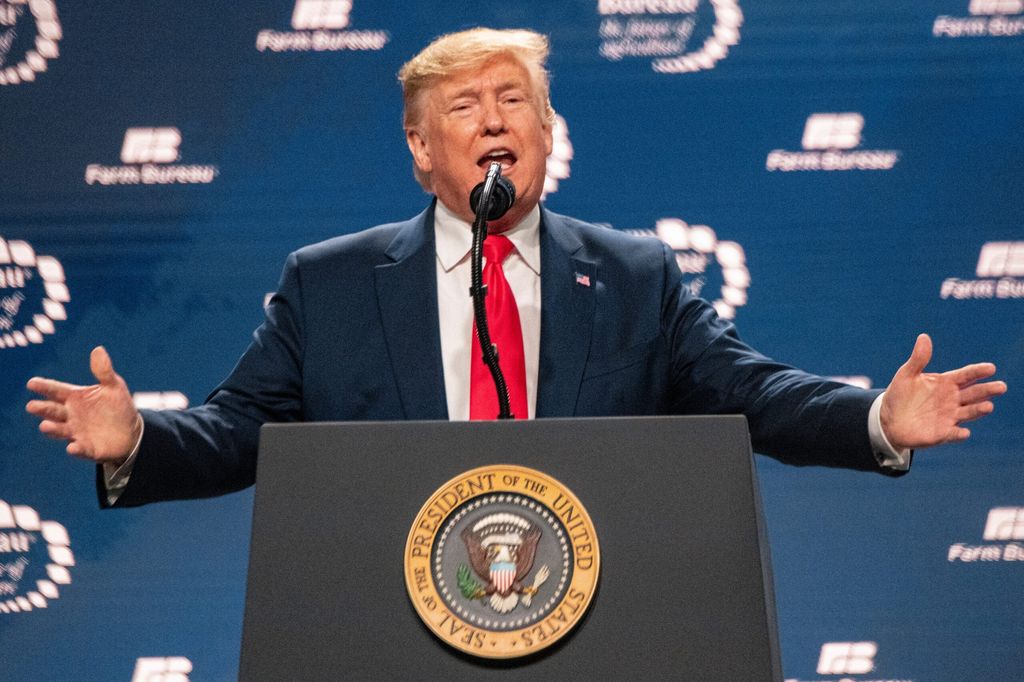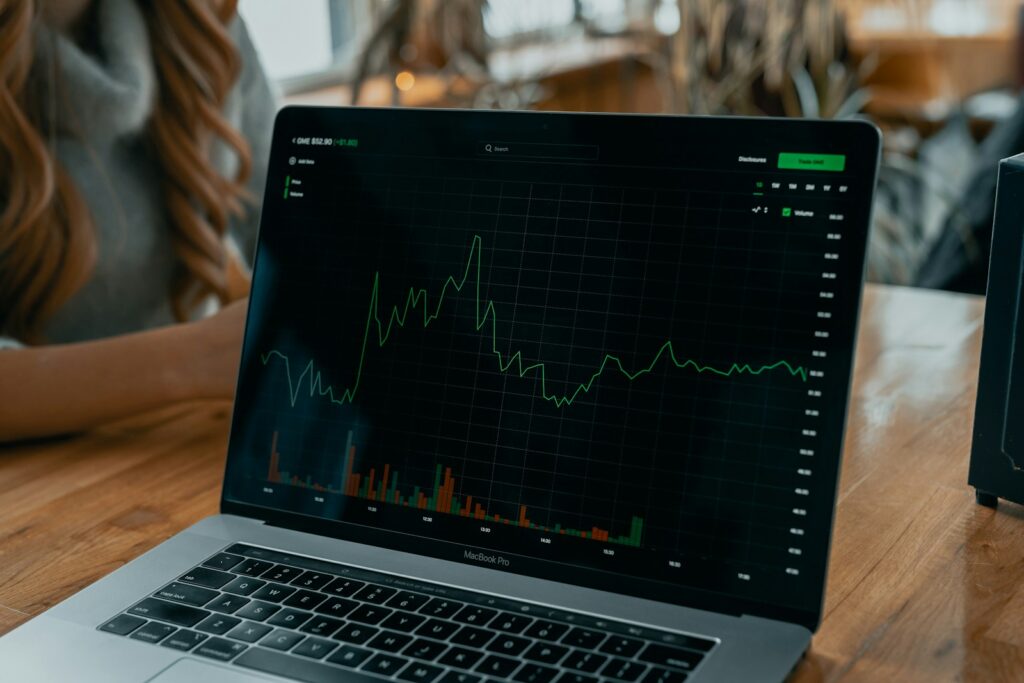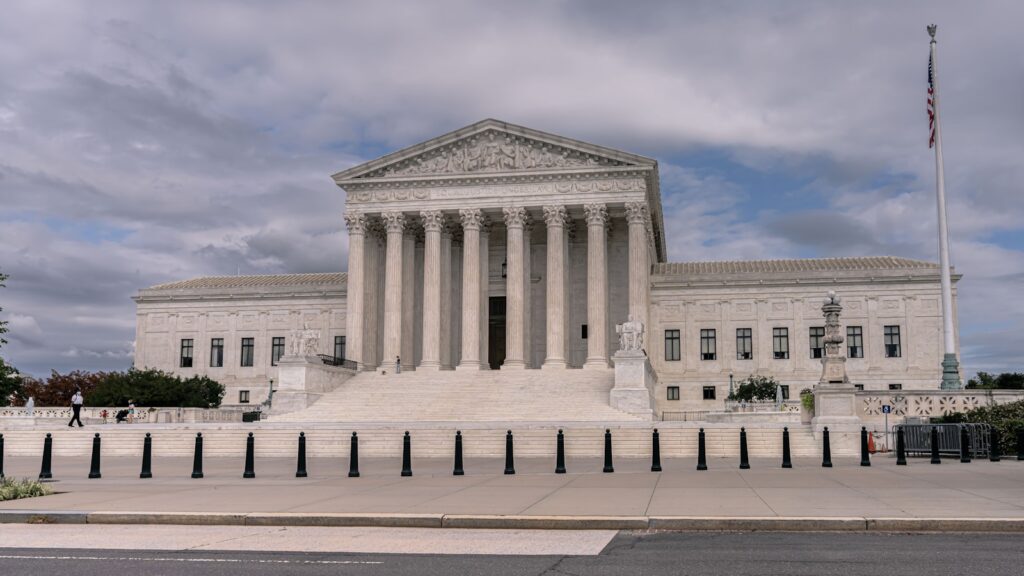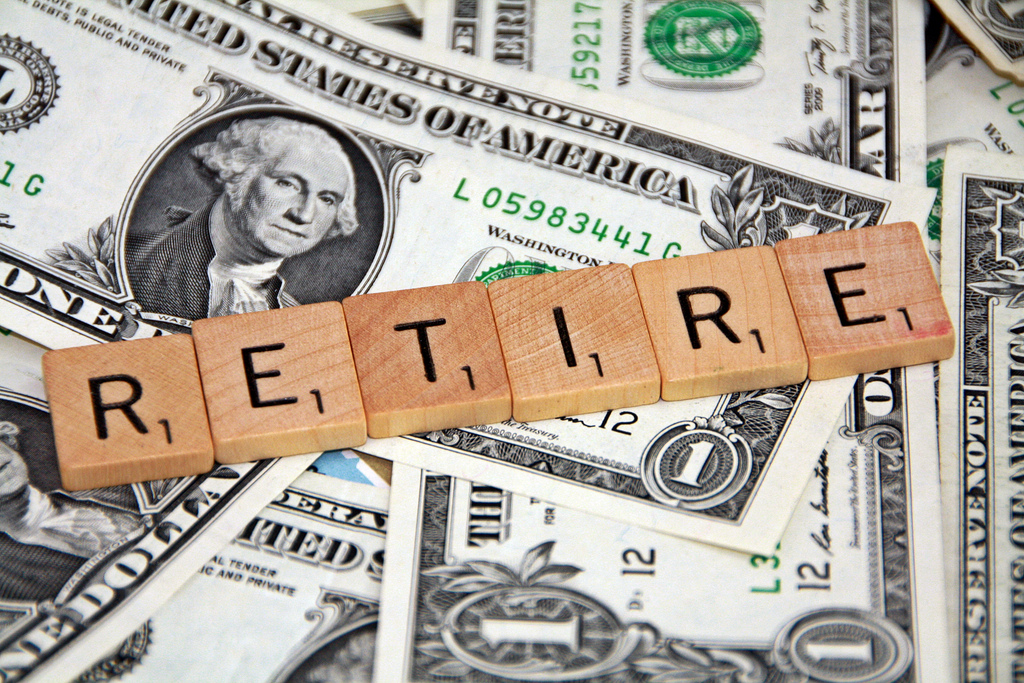
A major shift in global trade dynamics is underway as the latest round of President Trump’s tariffs took effect on a recent Thursday. These sweeping import taxes are set to reshape consumer spending and business operations across the nation, adding complexity to an already intricate economic environment.
American consumers are expected to see higher prices on a wide range of goods, from daily essentials such as sneakers and bananas to big-ticket items like cars. The new tariffs target nearly all U.S. trading partners, raising the average import tax to over 18 percent — the highest since 1934, up sharply from 2.4 percent in January, according to Yale’s Budget Lab. Fitch Ratings places the effective U.S. tariff rate at 17 percent, the highest in decades.
While these tariffs are technically imposed on importers, exporters, and retailers, many economists agree that consumers will ultimately shoulder the costs. Most countries now face a baseline tariff of at least 15 percent, with some exceeding 40 percent. The administration views this as a strategic move to recalibrate trade balances, arguing it will help revitalize American manufacturing.

Administration Goals and Revenue Projections
President Trump has described the tariff strategy as essential to counter what he sees as unfair trade practices, pointing to “still-fairly-low inflation rates” as supportive conditions for these measures. The Yale Budget Lab projects the tariffs could generate $2.9 trillion over the next decade, while the Tax Foundation estimates $2.5 trillion, assuming the policies withstand legal challenges.
The White House believes these tariffs will create clarity for the economy’s future direction, encouraging investment and job creation. White House spokesperson Kush Desai stated that President Trump’s trade deals have “unlocked unprecedented market access for American exports to economies… worth over $32 trillion with 1.2 billion people.” U.S. Trade Representative Jamieson Greer praised the tariffs as “a knockout win over the distorted global trading order,” emphasizing new market access, protection for key industries, and significant manufacturing investment.

Consumer Costs and Inflation Concerns
Despite the administration’s optimism, economists warn of rising costs for households. Shikha Jain of Simon-Kucher cautioned that more people may rely on debt to maintain their lifestyles, creating a self-reinforcing inflationary cycle. Wayne Winegarden from the Pacific Research Institute stressed that tariffs “harm lower-income and working-class families the most,” calling the economy worse off than in January 2025.
The National Taxpayers Union estimates the revised tariffs could cost households $2,048 annually, while Yale’s Budget Lab projects $2,400 in 2025. Price hikes are expected in clothing, food, and automobiles, with shoe prices forecast to rise by 40 percent and apparel by 38 percent. Leather goods may increase by 39 percent. Even U.S.-assembled shoes could face higher costs due to imported materials.

Impact on Food and Essential Goods
Food prices are also set to rise. Yale’s Budget Lab expects general food costs to climb by 3.4 percent, with fresh produce up 6.9 percent. Coffee prices may jump due to a 50 percent tariff on Brazil, the largest supplier of U.S. coffee beans. Rice imports from Thailand, India, and Pakistan face tariffs of 25–36 percent.
Wine from the European Union will face a 15 percent tariff starting in August, reduced from an initially proposed 30 percent. Other items like chocolate are rising in price due to supply shortages rather than tariffs, although cocoa imports have been under consideration for tariff exemptions. Beef prices are already at historic highs, partly due to reduced cattle herds, and Brazilian beef faces a 50 percent tariff.

Automotive and Technology Sectors
In the auto market, the average new car price in April was $48,422, up 2.2 percent from 2024. Upcoming tariffs could raise prices by 12.3 percent, or about $5,900 per vehicle. Both foreign and domestic cars will be affected due to imported components. Tesla vehicles, for example, contain 20 percent foreign parts. Industry experts suggest buying now, as 2026 models may be 4–6 percent more expensive.
Electronics, including computers, could rise 18.7 percent in the short term. Apple may avoid some tariff impacts by shifting production to India, which now ships nearly all of its iPhones for U.S. sale. Other imports — from furniture to household appliances — are also vulnerable to price hikes.

Business Adjustments and Supply Chain Shifts
Businesses are already adjusting. Companies like Adidas, Stanley Black & Decker, and Procter & Gamble plan to pass costs to customers. Walmart, Mattel, and Hasbro have issued similar warnings. Restaurants such as Chipotle and McDonald’s have noticed reduced spending among lower-income households.
Supply-chain specialists note that tariff impacts are not always visible as sharp price increases. Instead, consumers may encounter fewer product options, smaller quantities, or reduced promotions. Some companies may stop importing low-margin goods altogether, potentially leading to limited availability on store shelves.

Broader Economic Effects
Economists have observed signs of strain: slower hiring, rising inflationary pressure, and softening home values in some markets. Higher prices reduce workers’ real wages and productivity. The trade deficit surged 38 percent in the first half of 2025 as importers rushed shipments before tariffs took effect.
Internationally, countries such as Germany and India are seeing reduced exports to the U.S., while Switzerland faces steep tariffs on pharmaceuticals and computer chips. Exporters warn of thin margins and the potential loss of long-term clients.

Political Landscape and Legal Challenges
Politically, polling shows Donald Trump leading Kamala Harris in key states, with a strong position in the Midwest. Harris is underperforming among traditional Democratic voter groups. Analysts suggest her narrow lead in some polls may not be enough for victory.
The legality of the tariffs, imposed under a 1977 law citing an economic emergency, is being challenged. Former House Speaker Paul Ryan has expressed skepticism about the policy’s rationale. President Trump has warned that court rulings could threaten the tariffs, framing opposition as harmful to the country.

Despite concerns, the stock market remains strong, with the S&P 500 up more than 25 percent from April lows. Global markets have also reacted calmly. Economists caution, however, that negative effects may unfold gradually.
Yale’s Budget Lab outlines both short-term and long-term impacts, noting that over five to ten years, businesses may shift production to countries with lower tariffs or reshore manufacturing. These adjustments could reshape global supply chains. Whether these policies bring the economic boom envisioned by the administration remains to be seen, but their influence on the U.S. and global economy will be significant in the years ahead.



